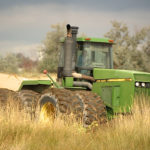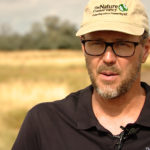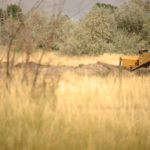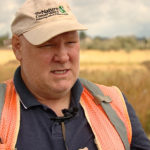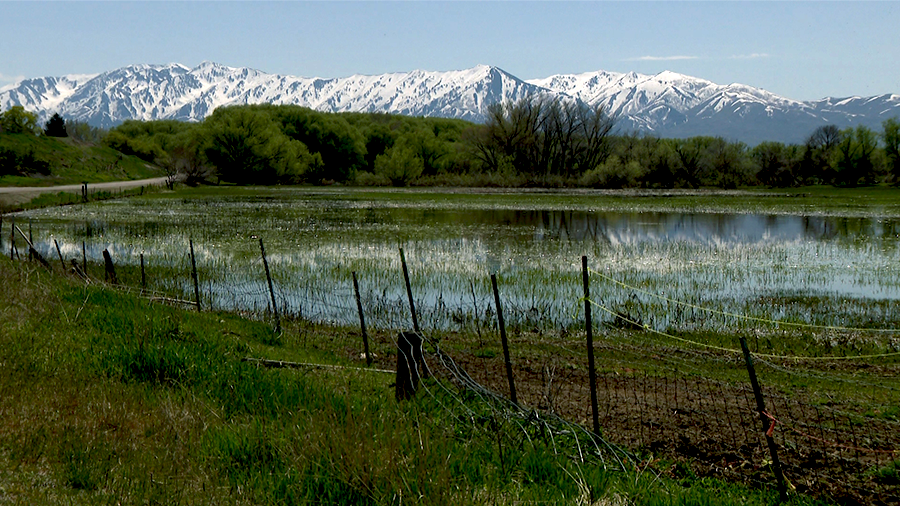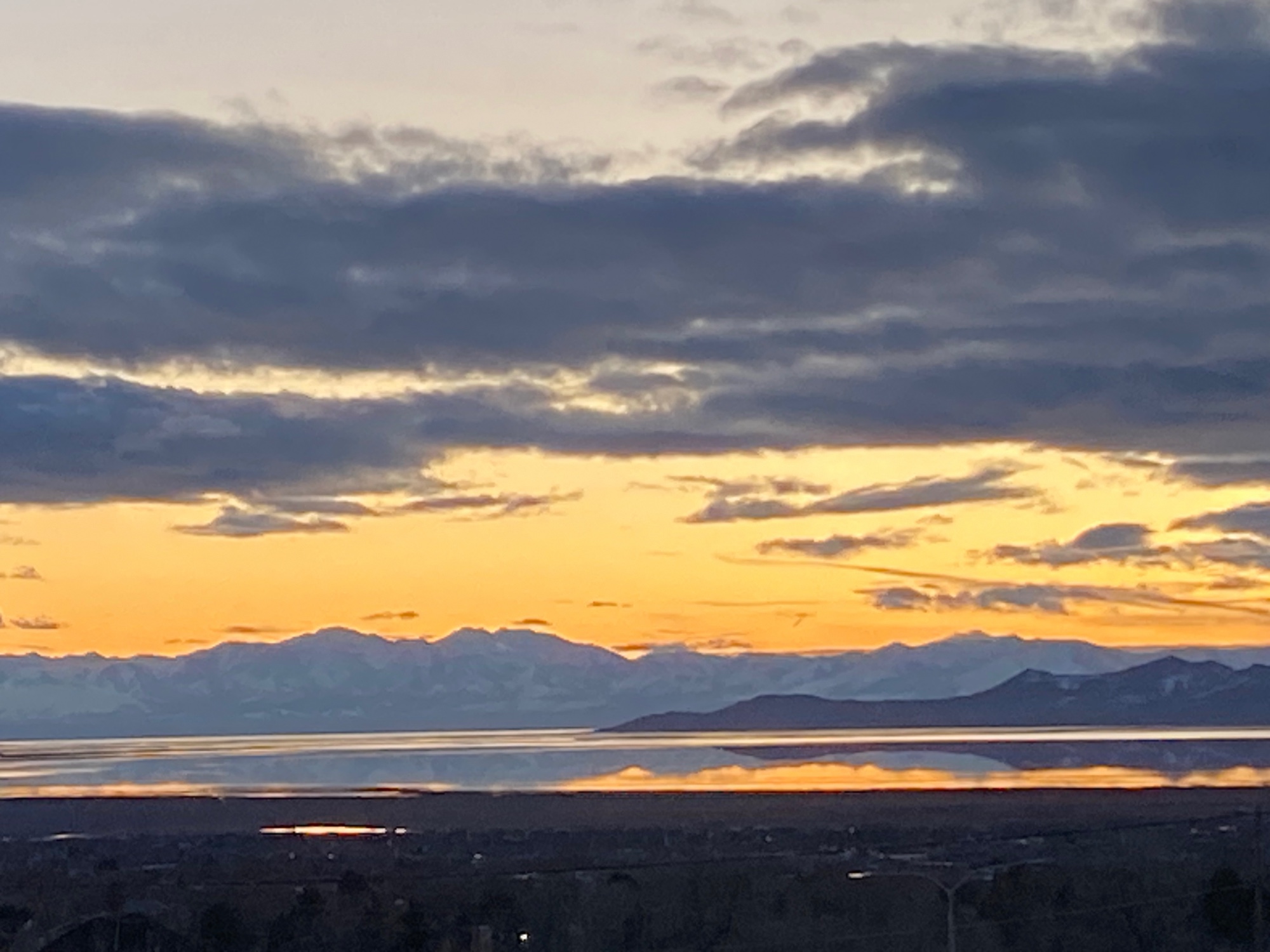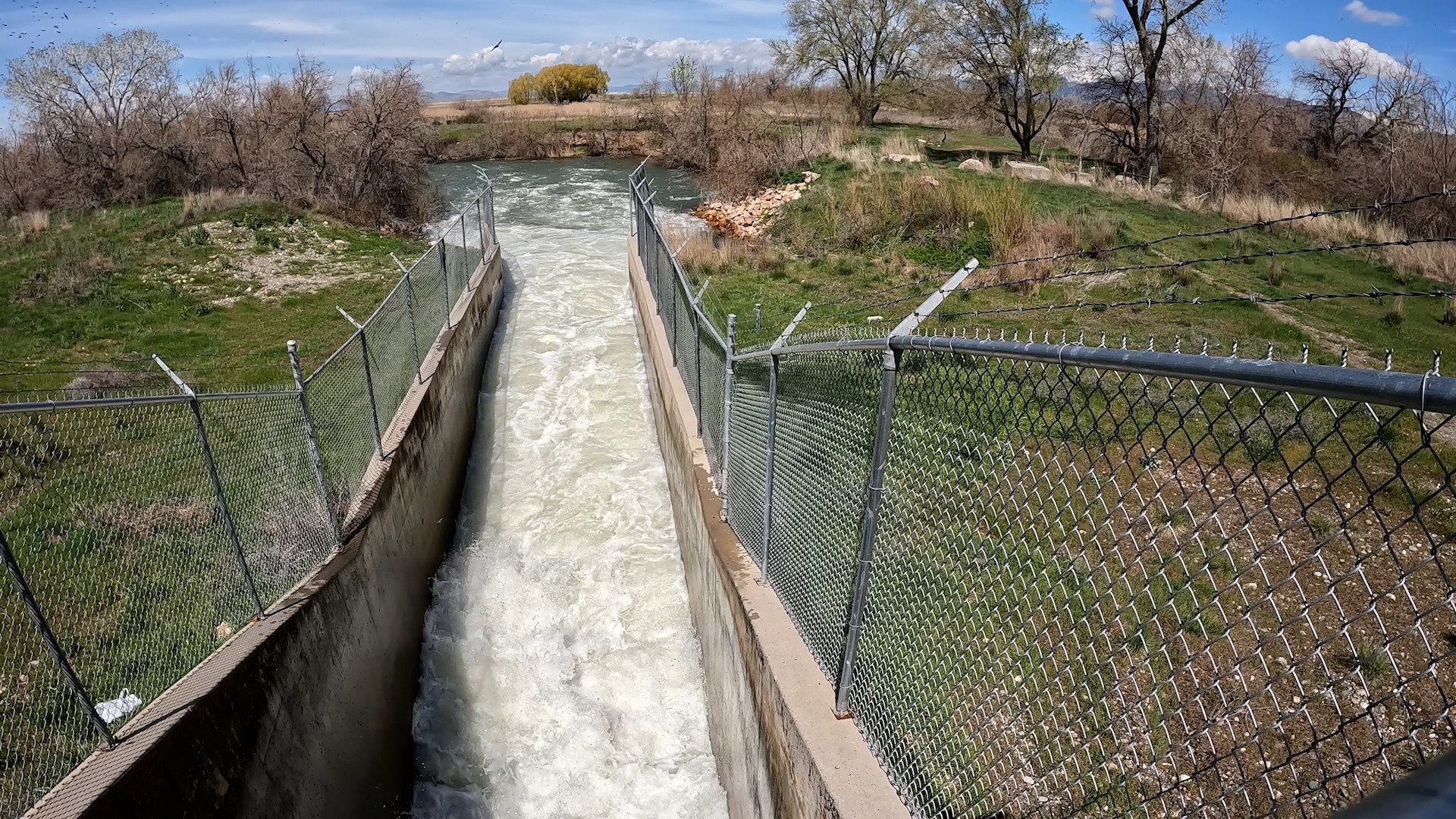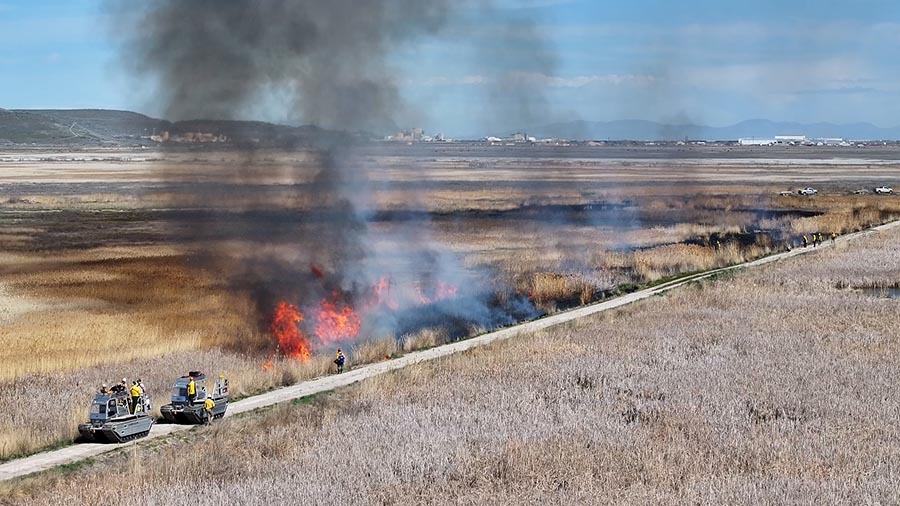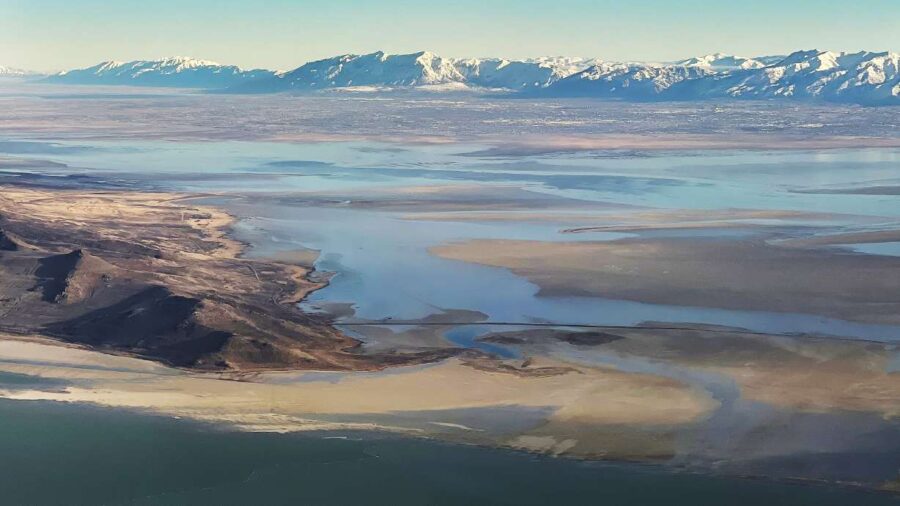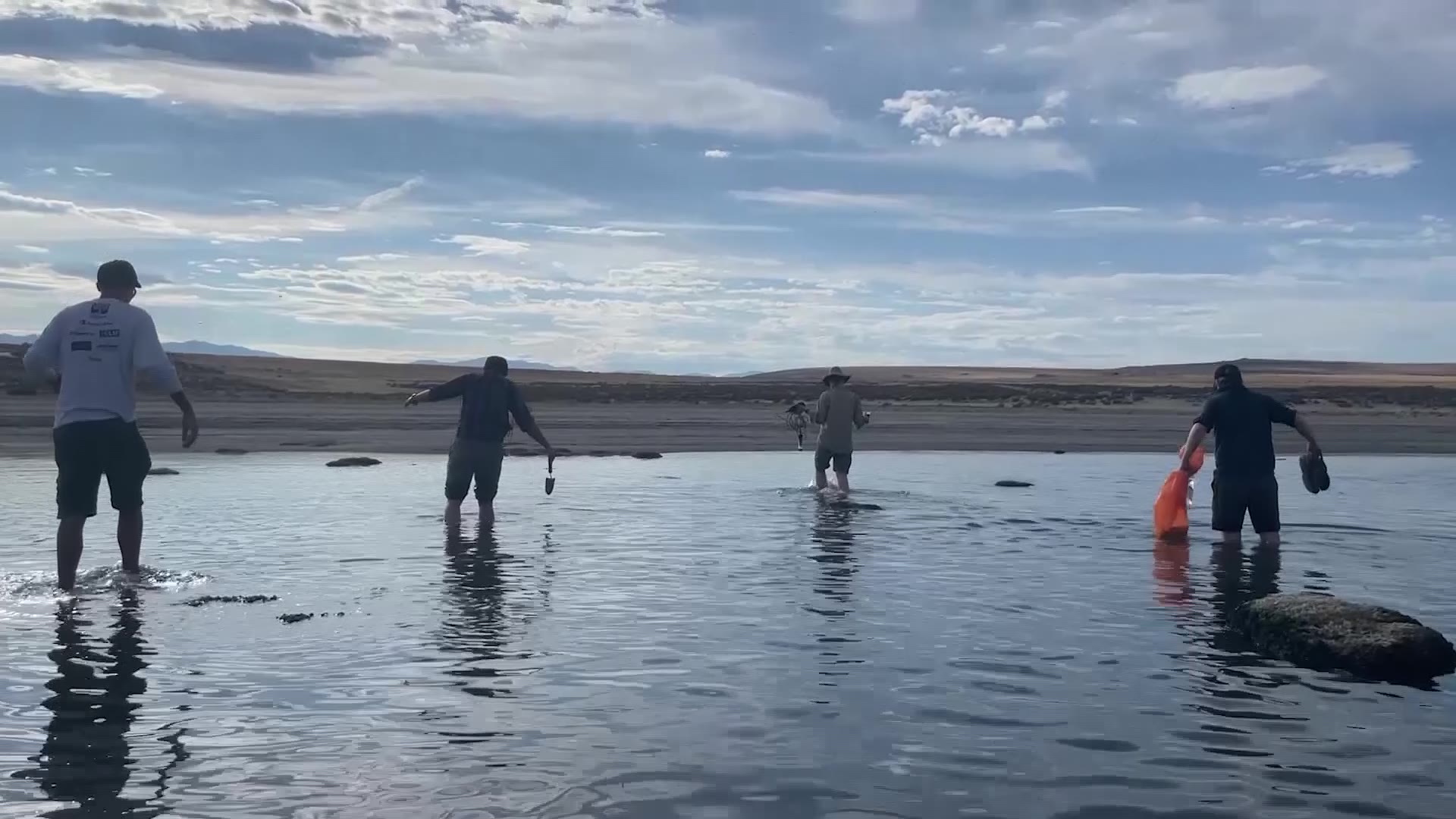Using stormwater to create wetlands at the Great Salt Lake
Sep 14, 2022, 6:01 PM | Updated: Sep 15, 2022, 8:58 am
This article is published through the Great Salt Lake Collaborative, a solutions journalism initiative that partners news, education, and media organizations to help inform people about the plight of the Great Salt Lake—and what can be done to make a difference before it is too late. Read all of our stories at greatsaltlakenews.org
SALT LAKE CITY — The Nature Conservancy will soon be using stormwater to create new wetlands off the shores of the Great Salt Lake.
The project is under construction right now. The end result will be similar to what you can see now at the Great Salt Lake Shorelands Preserve.
The Conservancy is catching that dirty stormwater as it comes downstream and making it safe for wildlife.
“We have this area where we have the ability to do something,” Chris Brown said. He’s the director of stewardship for the Nature Conservancy District. “This project will actually impound about 40 to 50 acres of wetlands behind this levy that we’re standing on now.”
He said the Nature Conservancy is seizing an opportunity. “It’s a drain that drains the Freeport Center and some parts of Layton and Clearfield City.”
A water-control station will take in that dirty stormwater. Brown said, “Always full of garbage, has a lot of silt and debris in it.”
It will be filtered to create about 40 new wetlands.
“The water will come out of the main water control structure and go into a holding cell,” W. Chris Christiansen with Equinox Engineering said. That will allow the Conservancy to meter water use depending on how much it needs and how much falls from the sky.
“The things they’re doing and the projects they’re undertaking are not only good for the environment, but they’re good for the Great Salt Lake and things that promote better water management out there,” Christiansen said.
It’s a small patch when you consider the 80,000 acres at the Migratory Bird Refuge to the north, but it’s better than simply watching it all shrink.
“If they don’t do it, nobody else will,” Christiansen added.
With the declining shorelines and the hundreds of bird species that come here, we need all the help we can get.
“That’s the scary part is some of these populations are going to potentially collapse,” Brown said.
That whole project costs about $350,000 and could be completed by early November giving them the chance to start filling those wetlands next spring.


